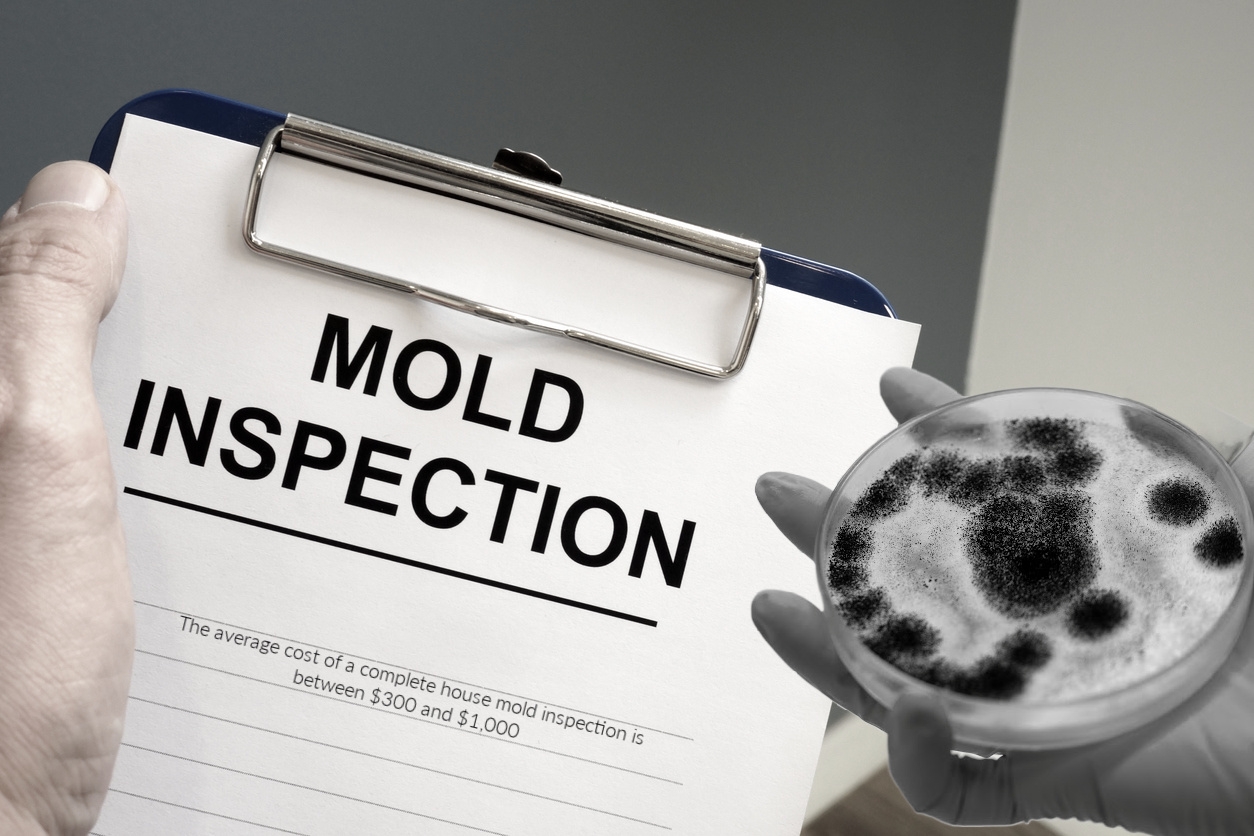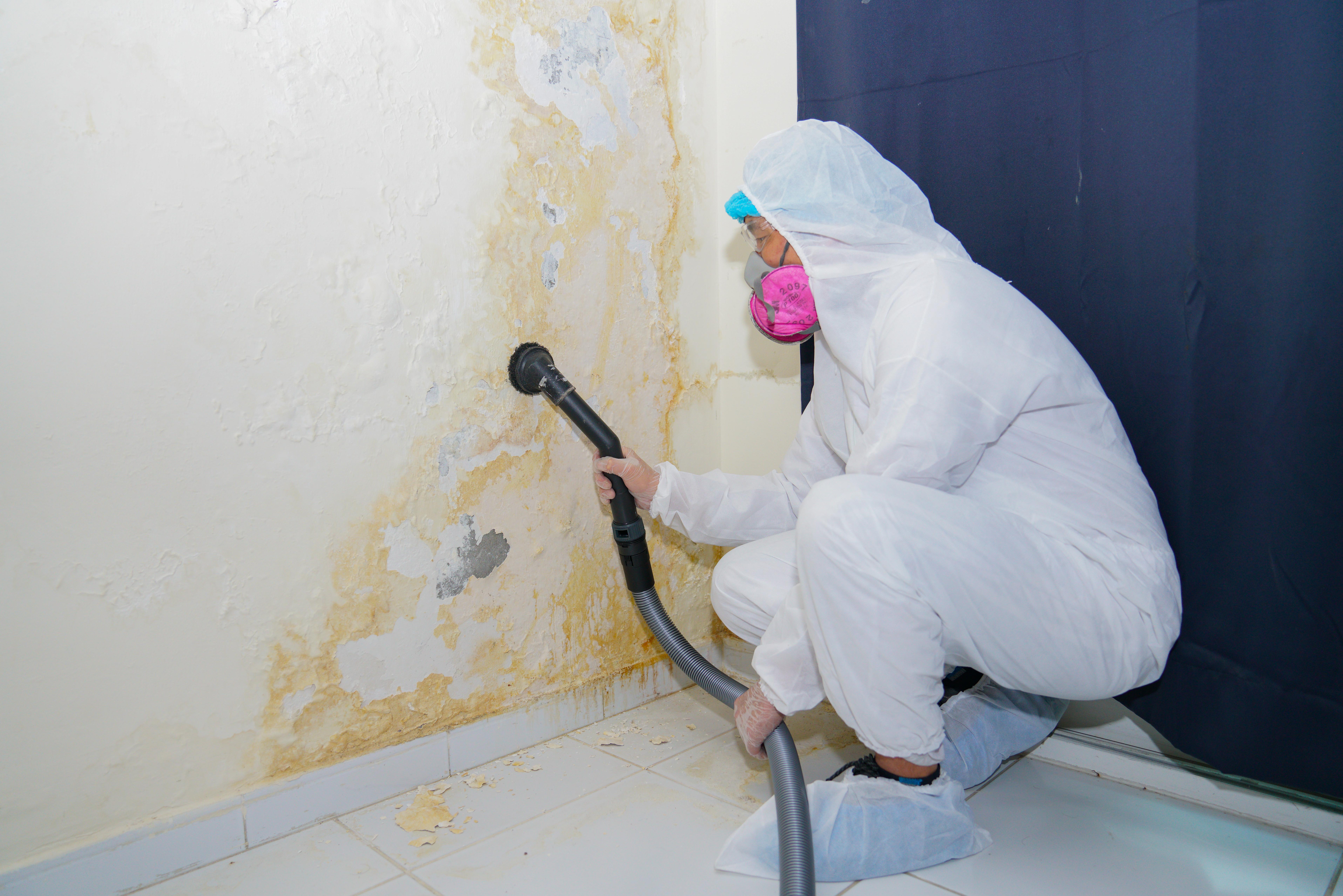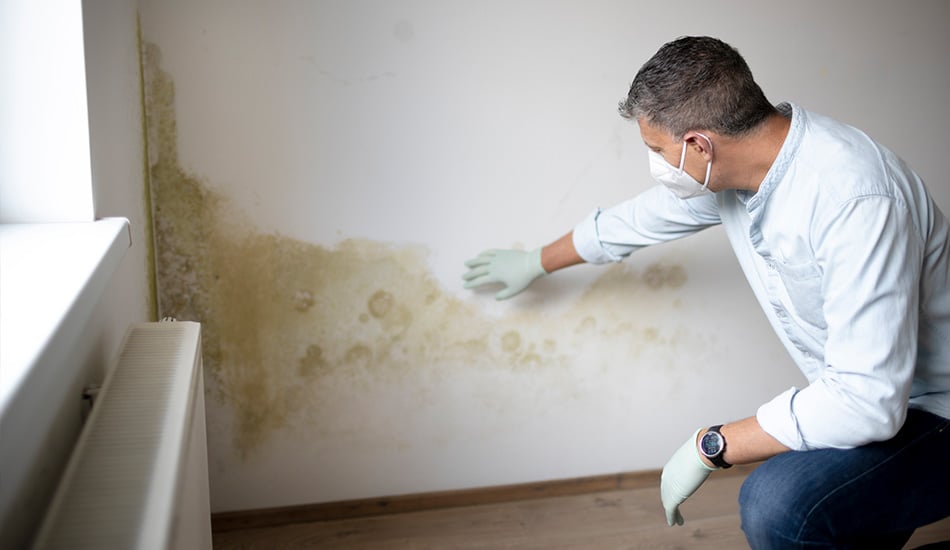Testing Air Quality After Mold Remediation
Testing Air Quality After Mold Remediation
Blog Article
Your Ultimate Overview to Blog Post Mold Removal Strategies
Navigating the realm of post-mold remediation methods is a meticulous process that demands interest to detail and a comprehensive understanding of the intricacies included. In the aftermath of mold infestation, knowing how to properly get rid of the mold and avoid its reoccurrence is vital for preserving a healthy and balanced indoor setting. From choosing the right cleaning and decontaminating approaches to implementing approaches for long-lasting mold and mildew avoidance, each step in the remediation journey plays a vital duty in making sure a successful result. As we get started on this expedition of post-mold remediation techniques, we will certainly reveal the crucial approaches and best methods that can aid you recover your space to its pre-mold problem and safeguard it versus future mold risks.
Understanding Post-Mold Remediation Refine
After finishing the mold and mildew removal procedure, it is crucial to recognize the post-mold removal techniques that are essential to make certain a effective and detailed cleanup. Once the mold and mildew has been eliminated, the next step involves cleaning and sanitizing the affected areas to stop any type of regrowth of mold.
Furthermore, carrying out a final inspection post-remediation is crucial to ensure that all mold has been effectively gotten rid of. If the evaluation discloses any kind of remaining mold and mildew, added remediation may be required.
Effective Cleansing and Sanitizing Techniques

Preventing Future Mold And Mildew Development

Importance of Proper Air Flow
Proper air flow plays a vital function in stopping moisture build-up, a vital aspect in mold and mildew development within indoor environments. Reliable ventilation systems assist get rid of excess humidity from the air, decreasing the chances of mold spores discovering the dampness they need to germinate and spread. Without adequate ventilation, interior rooms can end up being a reproduction ground for mold and mildew, causing possible wellness threats and architectural damage.
By making sure correct air circulation, ventilation systems can also help in drying out damp locations quicker after water damages or flooding events, even more preventing mold growth. Post Remediation Inspection near me. In rooms like restrooms, cellars, kitchen areas, and attics where dampness degrees tend to be greater, mounting and preserving effective ventilation systems is crucial in stopping mold invasions

Monitoring and Maintenance Tips
Offered the essential function that correct ventilation plays in stopping mold growth, it is important to develop efficient surveillance and upkeep pointers to ensure the continued functionality of ventilation systems. Normal assessments of air flow systems ought to be performed to look for any type of indications of obstructions, leaks, or breakdowns that can impede correct air flow. Surveillance moisture levels within the residential or commercial property is likewise important, as high humidity can add to mold and mildew development. Installing a hygrometer can assist track moisture levels and sharp property owners to any kind of spikes that might need attention. Additionally, making sure that air filters are on a regular basis cleansed or replaced is crucial for preserving the performance of the ventilation system. Implementing a routine his explanation for routine upkeep tasks, such as duct cleansing and cooling and heating system evaluations, can assist avoid issues before they rise. By remaining conscientious and proactive to the condition of ventilation systems, residential or commercial property owners can successfully mitigate the danger of mold and mildew regrowth and maintain a healthy indoor atmosphere.
Verdict
To conclude, post-mold removal methods are important for ensuring a tidy and risk-free atmosphere. Recognizing the procedure, implementing efficient cleaning and disinfecting methods, stopping future mold and mildew growth, keeping correct air flow, and normal surveillance are all crucial action in the removal process. By following these standards, you can effectively get rid of mold and avoid its return, functioning or promoting a healthy living space for all residents.
In the after-effects of mold and mildew invasion, understanding just how to properly get rid of the mold and mildew and prevent its reoccurrence is critical for maintaining a healthy interior setting. As soon as the mold has actually been removed, the next step includes cleansing and decontaminating the influenced areas to avoid any regrowth of mold - what to do after mold remediation. After getting rid of visible mold and mildew development, it is critical to clean all surfaces in the affected location to eliminate any kind of remaining get more mold and mildew spores. To better improve mold and mildew prevention steps, it is vital to deal with underlying concerns that initially led to mold growth.Given the essential role that correct ventilation plays in avoiding mold and mildew growth, it is imperative to establish efficient monitoring and maintenance pointers to guarantee the ongoing functionality of ventilation systems
Report this page